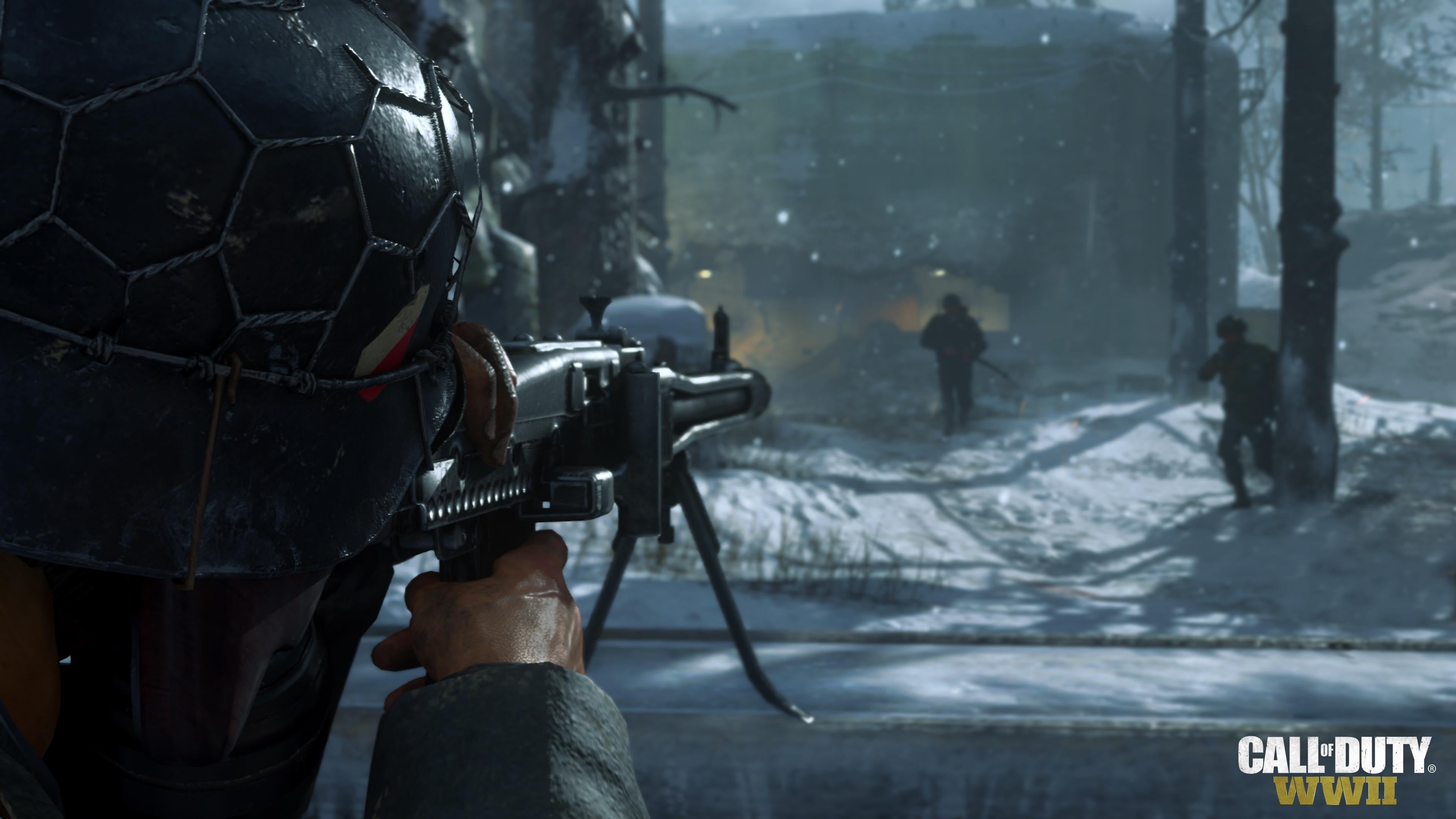Trench Warfare Game Mission 4 Count
The game is set during World War I. It marks the first installment exclusive to eighth- generation consoles and was released world wide on October 2. Jun 10, 2008 WW1 FPS games (trench warfare). 'Okay, on the count of three. The red square mission is my favorite in the whole game.
Mission 4 is unwinnable. This has likely been done to show the fact that some World War I battles were doomed to be bloody yet pointless, no matter how skilled their commanders were. I tried beating it but i think your right. Yes, Mission 4 is unwinnable.
After several failures I saw that every single attack option has its drawbacks. The gas is ineffective from the rain, the artillery is never helpful, aerial recon and fighters can't see through the weather, tanks and infantry get bogged down in the mud, the mines never help, and the machine guns are mostly abandoned. Zeiss Lumera 700 Manual High School.

Mission 4 is unwinnable. This has likely been done to show the fact that some World War I battles were doomed to be bloody yet pointless, no matter how skilled their commanders were. I tried beating it but i think your right.Yes, Mission 4 is unwinnable. After several failures I saw that every single attack option has its drawbacks.
The gas is ineffective from the rain, the artillery is never helpful, aerial recon and fighters can't see through the weather, tanks and infantry get bogged down in the mud, the mines never help, and the machine guns are mostly abandoned. Trenches were constructed by soldiers with a shovel. As you could imagine, this was a hard and laborious task. There were three standard ways to dig a trench: entrenching, sap ping, and tunnelling.
Entrenching involved men digging from the top downwards. This was, by far, the quickest way to dig a trench. However, it left those working on it exposed, so this method could only be used at night or on a trench further back. Sapping involved extending the trench by digging away at the end. The diggers were not exposed, but only one or two men could work on the trench at a time. Tunnelling was like sapping except that soil above the trench was left in place and then removed when the trench was ready to be occupied. This provided plenty of cover for the diggers, and it made the position of the trench hidden until it was ready to be used.
The corridor leading through the trenches was too low to fire from. Raising it any higher would make soldiers who were not firing vulnerable to enemy fire.
The fire step was dug into the trenches so only those who were firing were vulnerable to the enemy. The banked earth on the trench facing the enemy was called the parapet. This often included sandbags to cover soldiers on the fire step and barbed wire to slow the enemy's advance if they neared the trench. The paradoe was the slightly raised ground at the back of the trench.
This protected soldiers from shells landing behind the main trench. The floor of the trench was usually covered by wooden duckboards. In some trenches, the floor was on a wooden frame to provide a drainage ditch underneath.
Dugouts of were built in the rear of the trench. This was where soldiers slept, read, wrote and spent all of their spare time. Dugouts varied in luxury and size. British dugouts were usually 2.5 to 5m deep, whereas German dugouts were much deeper, usually a minimum of 4m. Sometime German dugouts were much deeper and more complex than normal, going up to three storeys down.